My first view of Ishigaki, on a grey, drizzly Tuesday morning mid-April surprised me by how big it was. Tall skyscrapers in the distance conveyed a busy metropolitan inner city, while an industrial environment dominated the foreground.
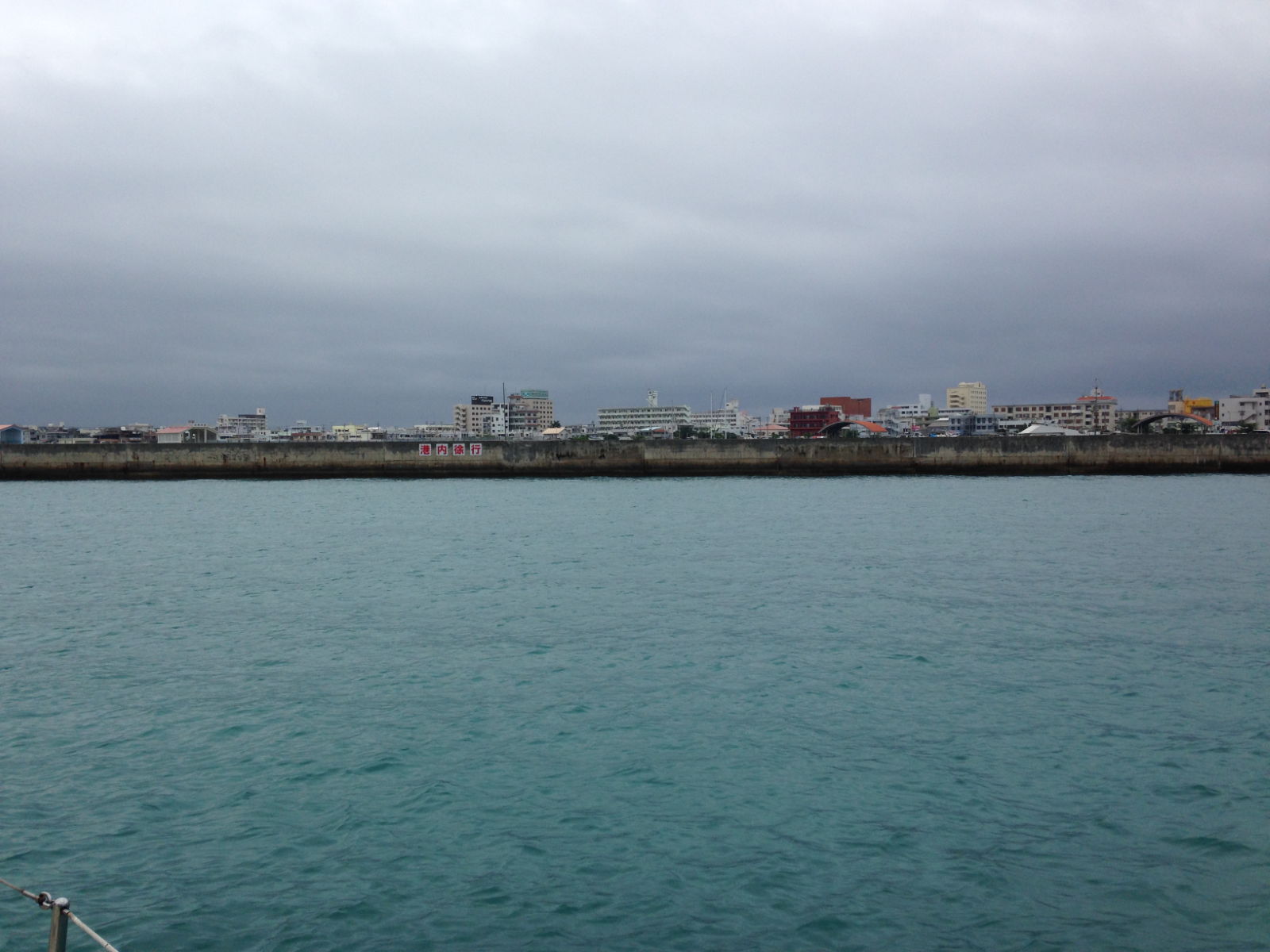
I felt colder in the cockpit that morning than I had in a long while as we approached the harbour, and Paul briefed me on what to expect. This included tying the boat against a wall – something we hadn’t done for a long time, that it would be quite shallow in the harbour, and that we would be visited by customs and quarantine officers. Our yellow quarantine flag was duly hoisted and we made ready to dock. On the way in, we passed several Japanese Coastguard boats: huge vessels and visibly well-maintained, they dwarfed any boats near to them.

It wasn’t obvious to see where we had to aim for exactly, but after some motoring around we saw a guy on a quay gesturing for us to come to him. The wall looked terribly high and it was a bit nerve-wracking but I threw the line to him and almost immediately three other officials appeared on the wall peering down at us. I put my hand out to push us away from the wall but was told not to touch anything yet by one of the men (presumably until we’d been quarantine-cleared). Unfortunately this meant that the wooden cap rail suffered some damage from rubbing against a concrete shelf that was jutting out until Paul got the fender boards fitted.

We didn’t stay there long anyway. Two guys in a coastguard dinghy escorted us to a different wall; this one nearer to the town. We were instructed to remain on the boat until our inspections had been completed. The first of these was the quarantine officer who according to Paul, fell quite drastically when he attempted to come on board because the tide had dropped so much. While he was on board, the team of six customs inspectors lined up on the wall to await their turn. The quarantine guy was keen to get away after his ungainly entrance, so as soon as his bit was done he left us with a terse command to ‘take down your flag’. Four of the customs officers interviewed Paul in the cockpit while two came down into the cabin to swab surfaces and to look inside various cupboards and lockers and swab the interiors. We’d heard about the meticulousness of the authorities and now we were seeing it in action. They were all nice and polite at the same time as being serious about their duties. Paul was asked if he had ever been to North Korea in the boat and he had to declare precise dates concerning arrivals and departures regarding the countries we’d visited so far. After customs, it was the turn of immigration. They were waiting with transport on the road above the wall, which due to the tide continuing to drop seemed even higher and looked totally inaccessible to me. In the end, I had to suffer the indignity of being pushed up from the rear by Paul while the immigration guys pulled my arms to haul me up! We were driven to the immigration building where we went through the fingerprinting, photographing and form-filling procedures now so familiar to us and were then driven back to the boat, all legal…or were we!?
Late in the afternoon we walked into town. We began from a dockside, industrial area so we saw grey, square concrete buildings and factories on the way. We also saw some of the ubiquitous drinks’ vending machines that are situated on virtually every street. The odd tree had blossoms on it but we had arrived too late to see the famous Japanese blossoms.


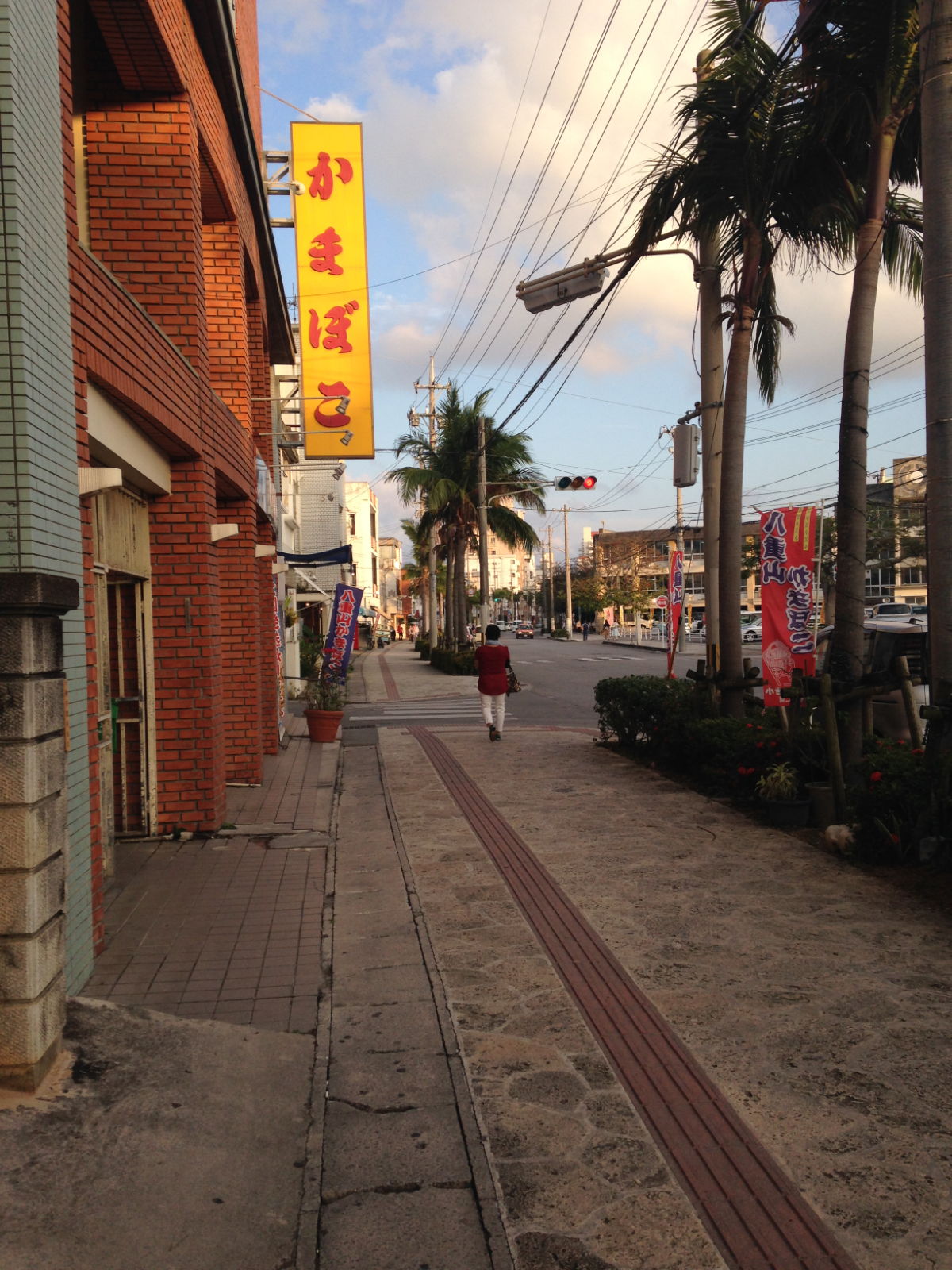
We had two missions to fulfil in town: finding an ATM to draw out some money, and to obtain some mobile data. Knowing beforehand that ATMS in Japan are fairly few and far between but can generally be found in Post Offices, we located a Post Office. It looked surprisingly similar to a UK Post Office inside, right down to the queueing system and packets of brown envelopes and string on sale – here, though they stay open until 7pm. In a scenario that would become all too regular, Paul’s card was not accepted in the ATM so we had to use mine. It turns out his card can only be used in machines in a 7/11-type shop called FamilyMart for some reason. We had even less success getting mobile data. It turned out to be a convoluted and pricey business so we put that on the back burner for the time being and continued using Paul’s Malaysian data plan.
Ishigaki, away from the docks was quite charming. There were gift shops, wine shops, a colourful market street with a plethora of neon signs, but with fewer people than I expected to see (this would definitely become the norm the longer we stayed in Japan). Some of the buildings were hard to identify. They could have been a shop, a café, a bar or even a house, and it brought home to me how tricky it’s going to be to decipher things with so much of the signage in kanji. Supermarkets are less of a problem, however, especially when you just need fresh produce and once we’d bought a few essentials we walked back to the boat, stopping on the way to have a drink and a snack in a trendy ‘eaterie’ area near to the docks.
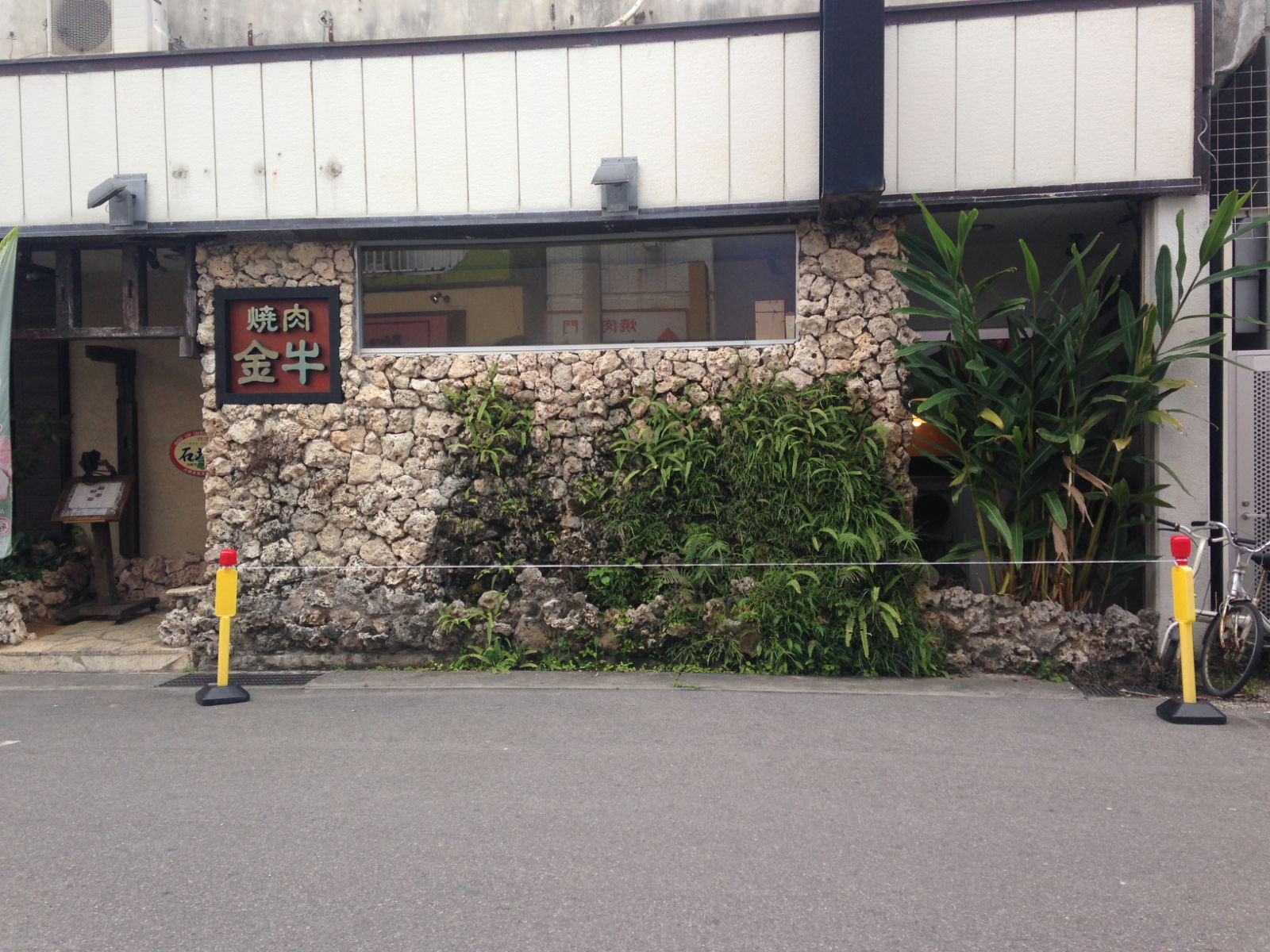

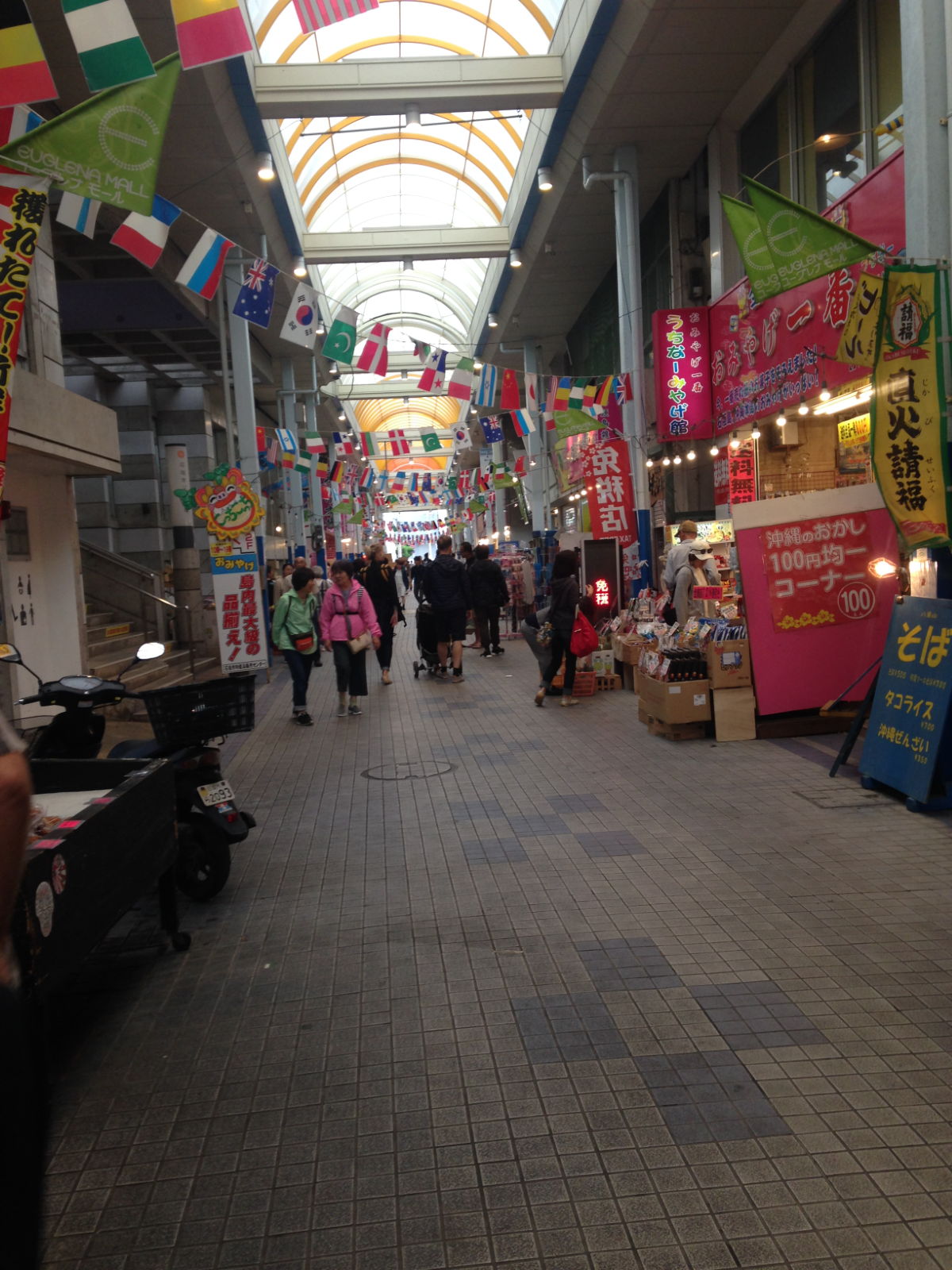
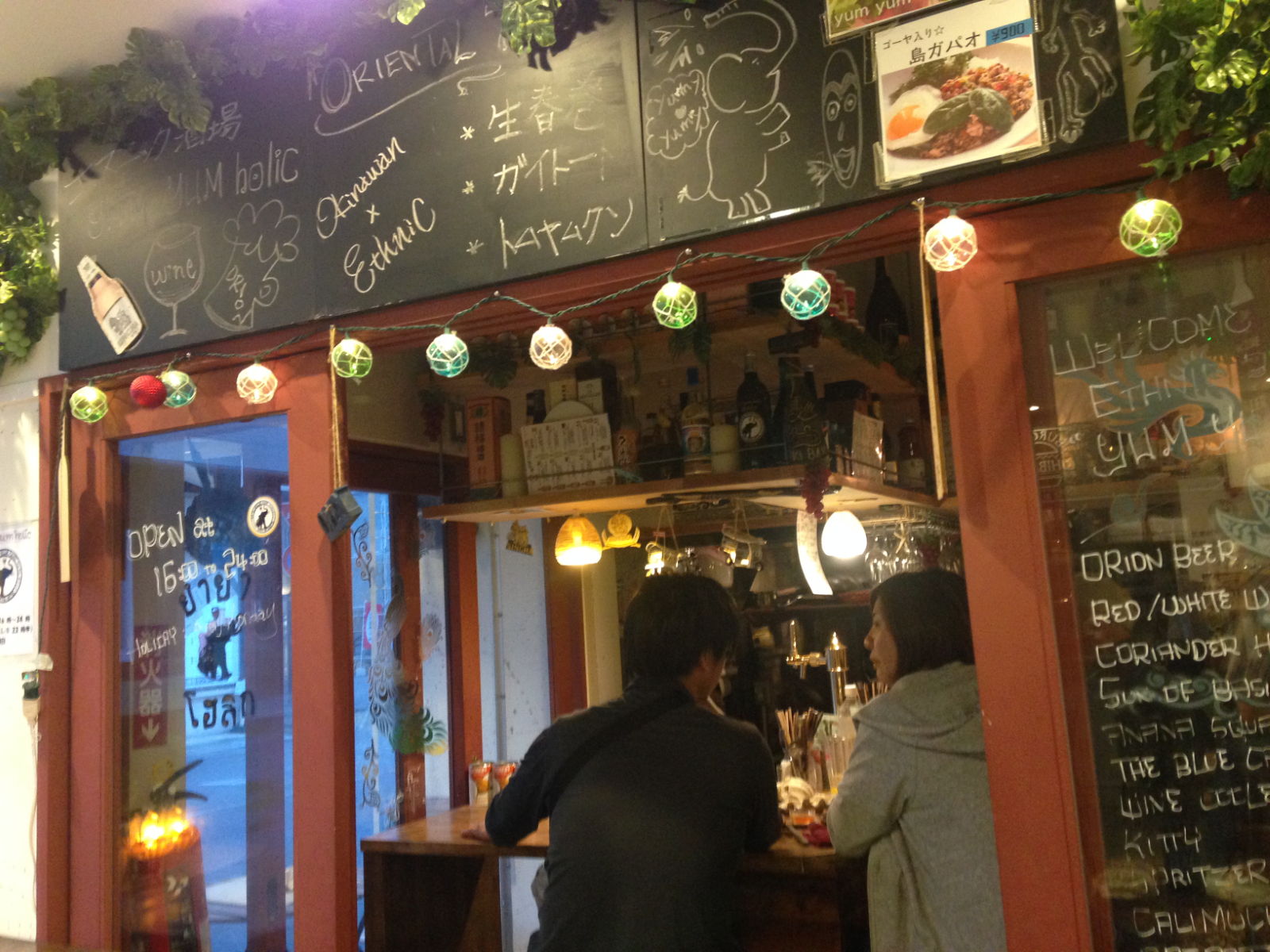
Our mornings at Ishigaki began with the blasting of ships’ horns and tannoy announcements from the captains of the coastguard boats as they prepared to leave for duty. Our first morning, however, had the addition of another succession of visitors. The first of these was the coastguard who also needed to know precise details concerning where we would be going…and when…EXACTLY! More turned up later and the cry of ‘captain, captain’ from the wall became a familiar refrain. A discussion about fuel formed the basis of one visit. They wanted to know how Paul would get it into the tanks without any spillage. From my position at the cabin table I could see more legs appearing at the windows above me and a discussion going on as more joined them. One guy came on board to look at the fuel gauge, while outside some shouting was going on which sounded alarming to my ears; perhaps ‘barked commands’ would be a more apt description. The visits and questioning continued throughout the morning, with the fuel issue culminating in one of the officers threatening to revoke Paul’s licence to travel if he overfilled the tanks. In fairness, they looked and sounded more threatening than they actually were but it was still a bit unnerving after the laid-back attitudes in Malaysia and the Philippines.
After the diesel had been delivered satisfactorily we took a taxi to the Department of Transport office where Paul had to apply for a permit to enter Japan’s closed ports (a requirement that was soon to be abolished as it turned out). That done, we went to the town library expecting to pick up some wifi there but although they didn’t have it, a helpful member of staff told us where we could get it. Ishagaki’s waterfront is lined with cafés and bars and one of them, called The Blue Cafe offers free wifi as well as wine by the glass and a host of other delights. It became a regular haunt during our time there. I had a look round the library before we left for the cafe and was impressed with its layout and comfort, even if I couldn’t work out what was what.

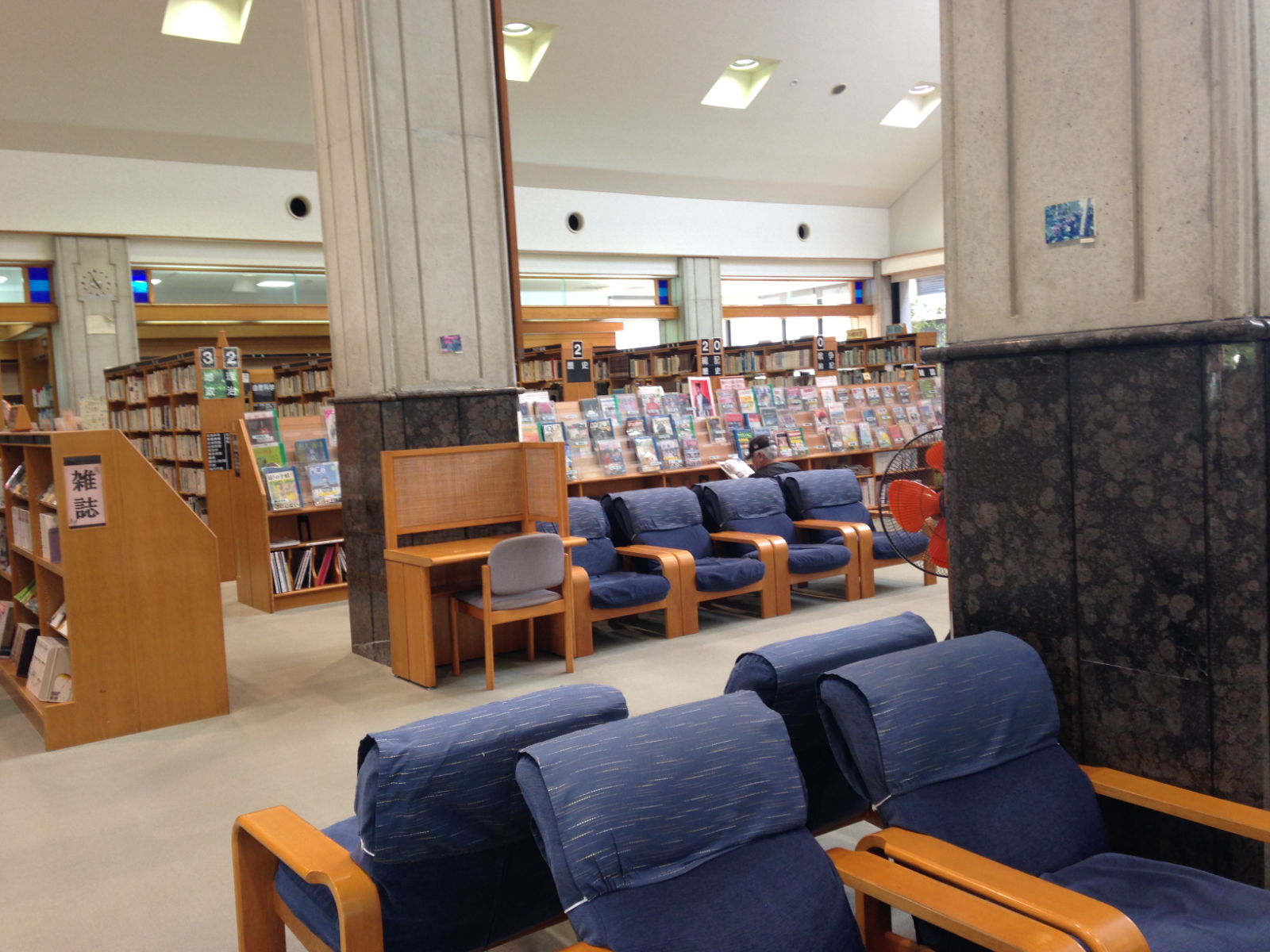

The battle with the port authorities continued. Paul returned from a trip to the office one morning with a story far too complicated to relate, about his efforts to change the status of the boat to make it easier to enter closed ports for our onward journey. Naturally, none of it is made easier on either side with the language barrier. The little I gleaned from these episodes is that life seems to be made a lot more complicated for all concerned due to all the bureaucracy involving rules and the associated paperwork, instead of making it more organised, which is surely the point. Paul pointed this out to the manager in a more tactful way, adding that it was almost as if they wanted to deter yachtsmen from visiting their country and he looked most offended by the criticism. Coincidence that shortly afterwards the whole system of closed ports was abandoned? Probably. Anyway, that day it took almost the whole afternoon for Paul to provide the required information. When we could finally get out, we visited the peace bell area in the town and took a few pics before heading on to the café to upload, post and research to our hearts’ content.
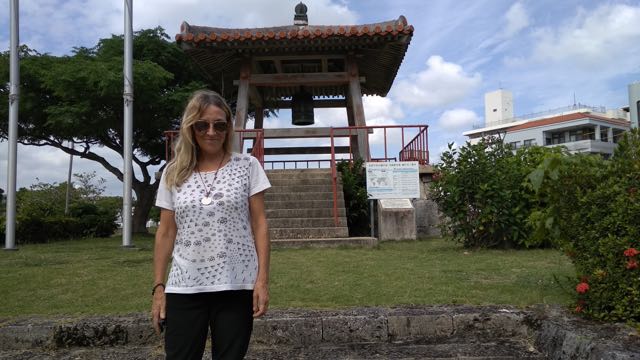

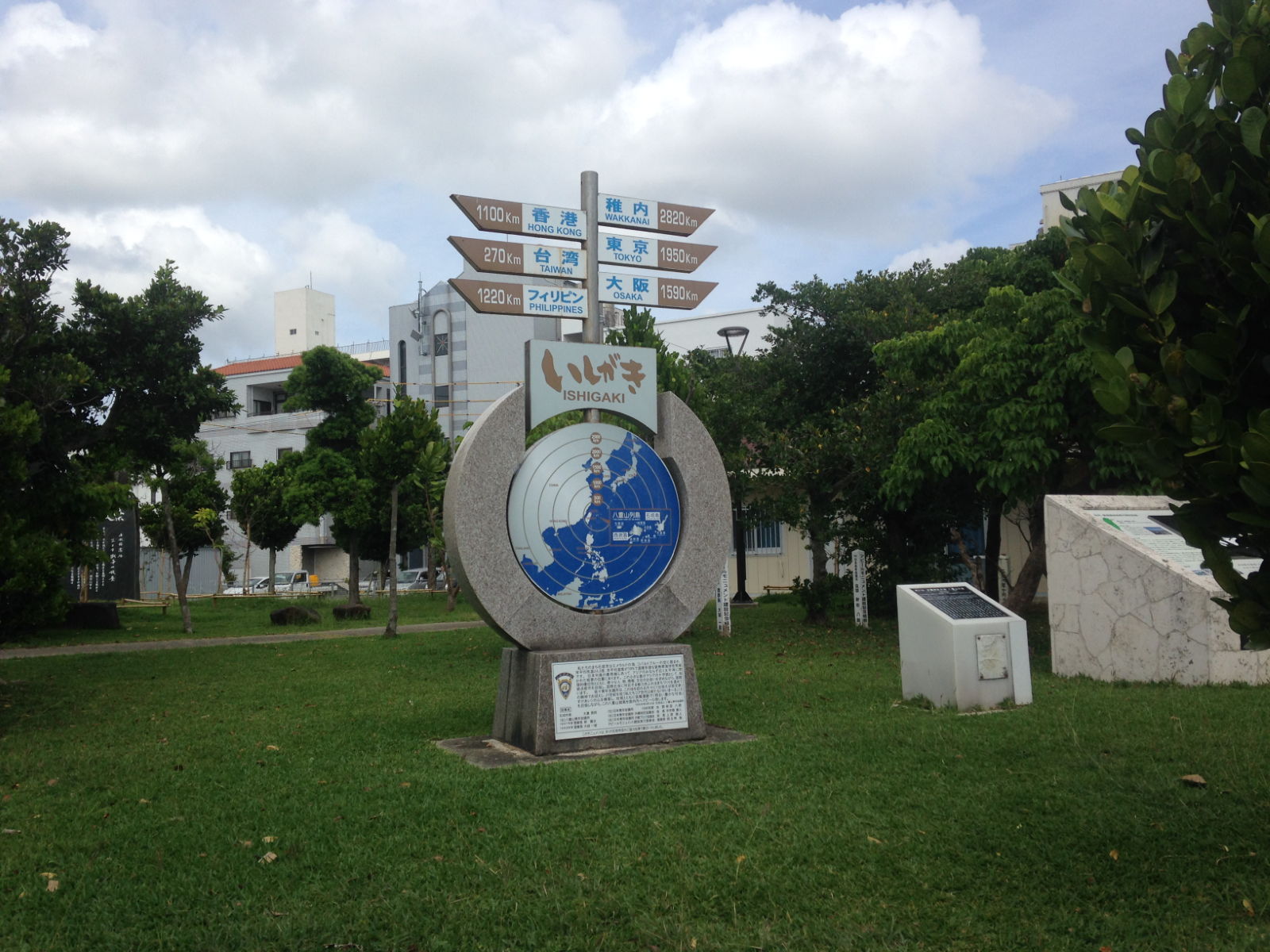
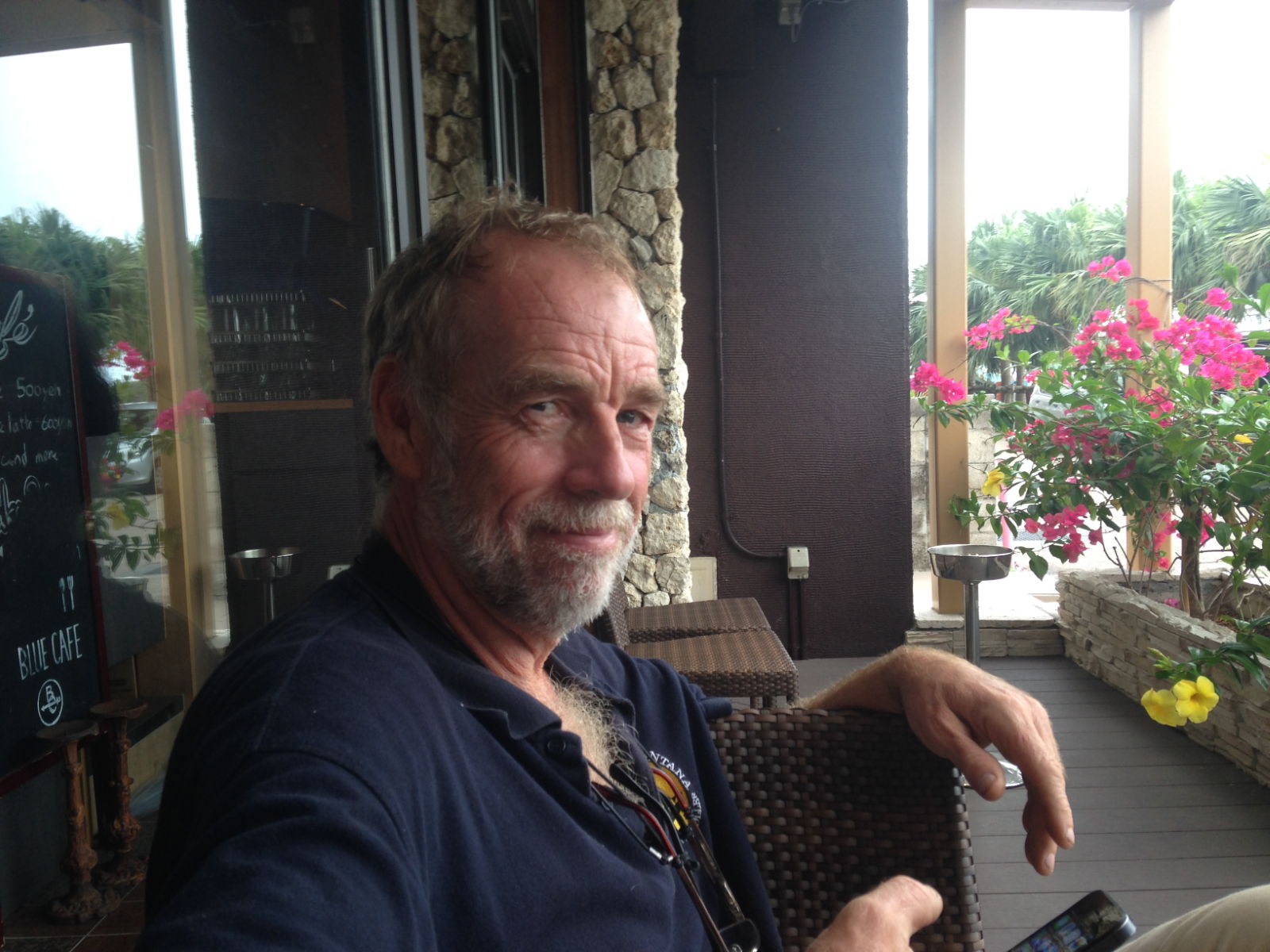

Problems with officialdom began to mount up and by April 20th had become even more frustrating. We were told we couldn’t refill our gas containers, and that due to those convoluted regulations concerning closed and open ports we were unable to check out at ishigaki’s port. Our plans to hire a car were also thwarted by a barrage of complications. On it went all morning, with Paul mulling over various options to try to override it all. Finally, he worked out a way to change the boat’s status to Japanese. In the manner of the word ‘Rumplestiltskin’ magically making everything alright with the world in the fairy tale, such was the case here. Paul said the guys wanted no more forms, no more questions to answer and we were free to go wherever and whenever we liked. Now we could concentrate on the mobile data problem!
For this, we got on our bikes. We pedalled along the coast road, intending to go to the airport where we’d been told it might be possible to get a SIM card. On the way we stopped to look at a shop called The Exciting Bookstore. Unfortunately it didn’t live up to its name but while I browsed, Paul discovered that the airport we were heading for had moved to a location ten miles away. We did, however, manage to get SIM cards in a small mobile store which were a bit pricey but worth it to have access to up to date information, especially for the weather.
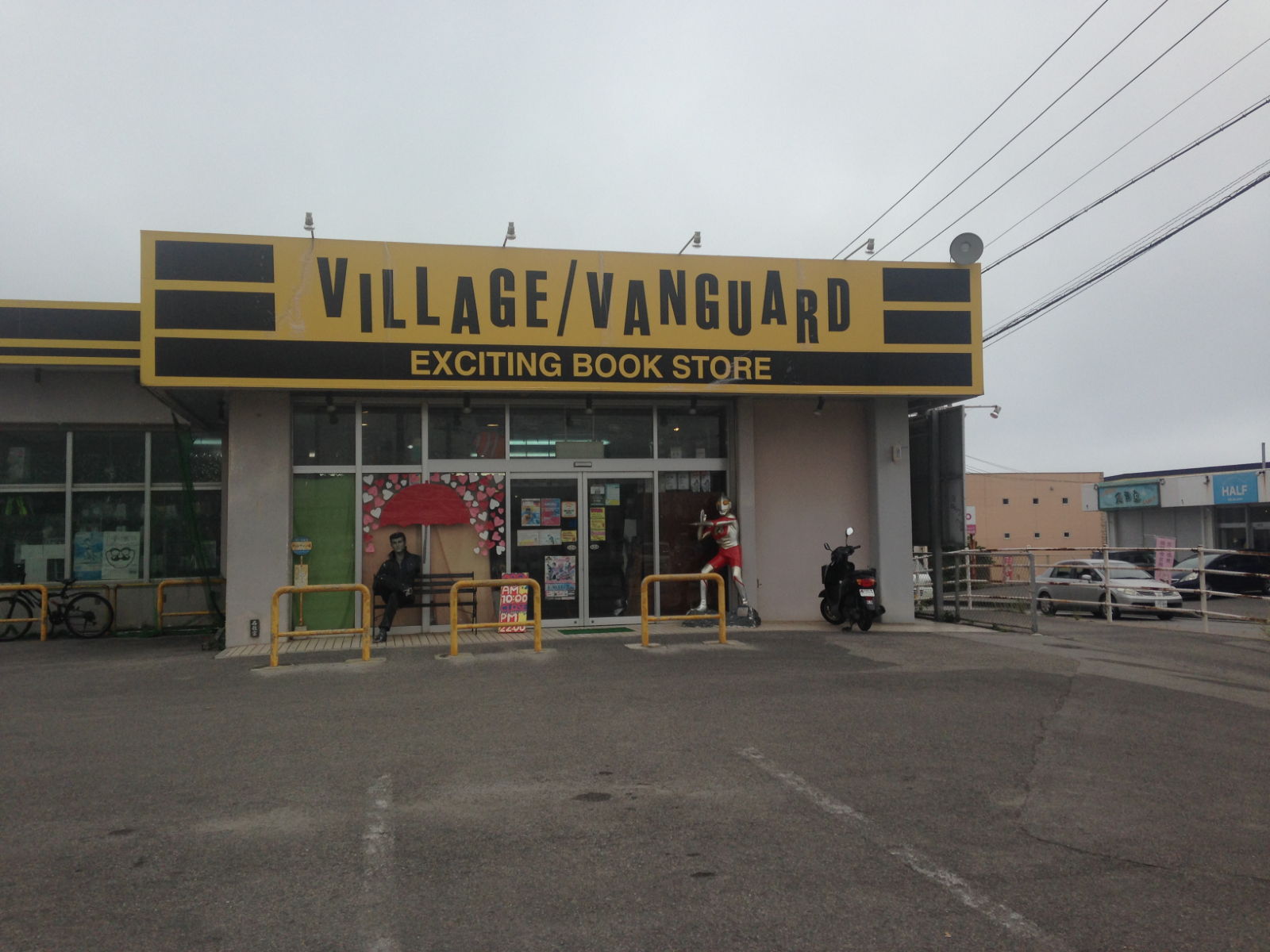
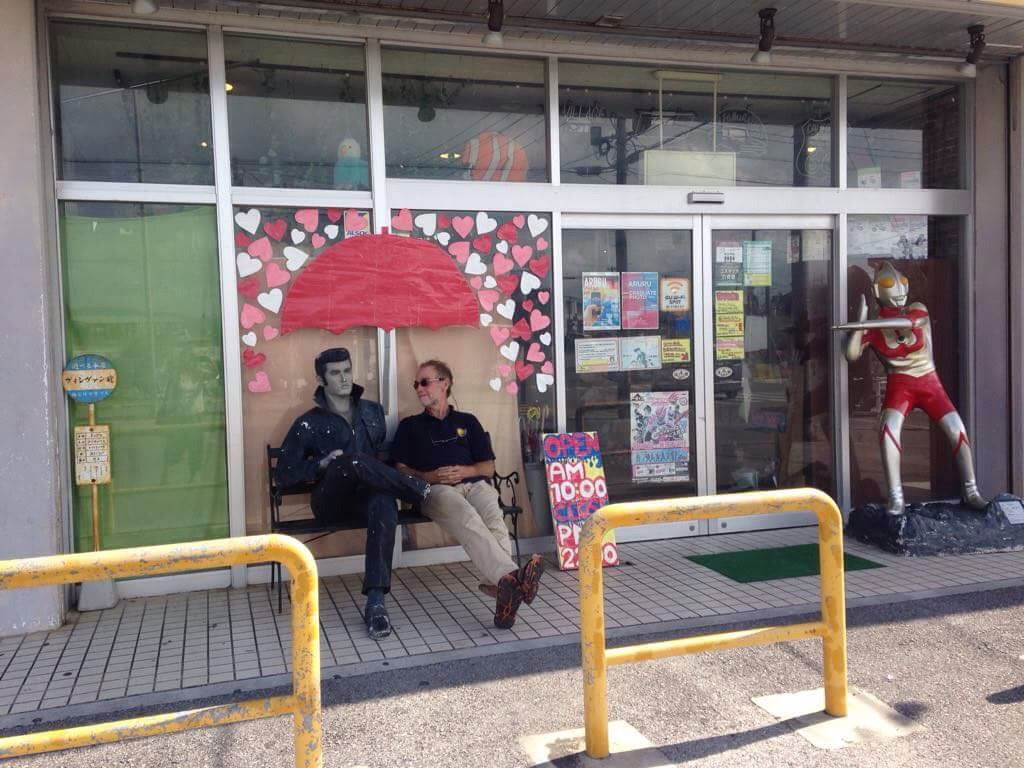
On the afternoon of Saturday 21st we set off to have a look at the Yaeyama Peace Memorial Museum. It was created to construct a centre that conveys the truth about wartime malaria. Many people were forced to leave their homes under orders from the Japanese Imperial Army during World War 2 and had to settle in malaria infested areas. The museum was full of information on how they managed to eradicate the disease. It was heartening to see that the overall message was about peace.

We continued our bike ride along the coast after that. It was interesting to spot a group of children playing a baseball game in one of the parks we came upon. It’s a game that’s very popular in Japan and I was surprised to discover that it began here in 1872 – not, as I assumed, as a result of the American occupation. It’s currently one of Japan’s favourite participatory and spectator sports apparently. The afternoon was cloudy, and airless which gave the deserted beaches and resorts an eerie, rather soulless atmosphere. Great to be out on the bikes though.


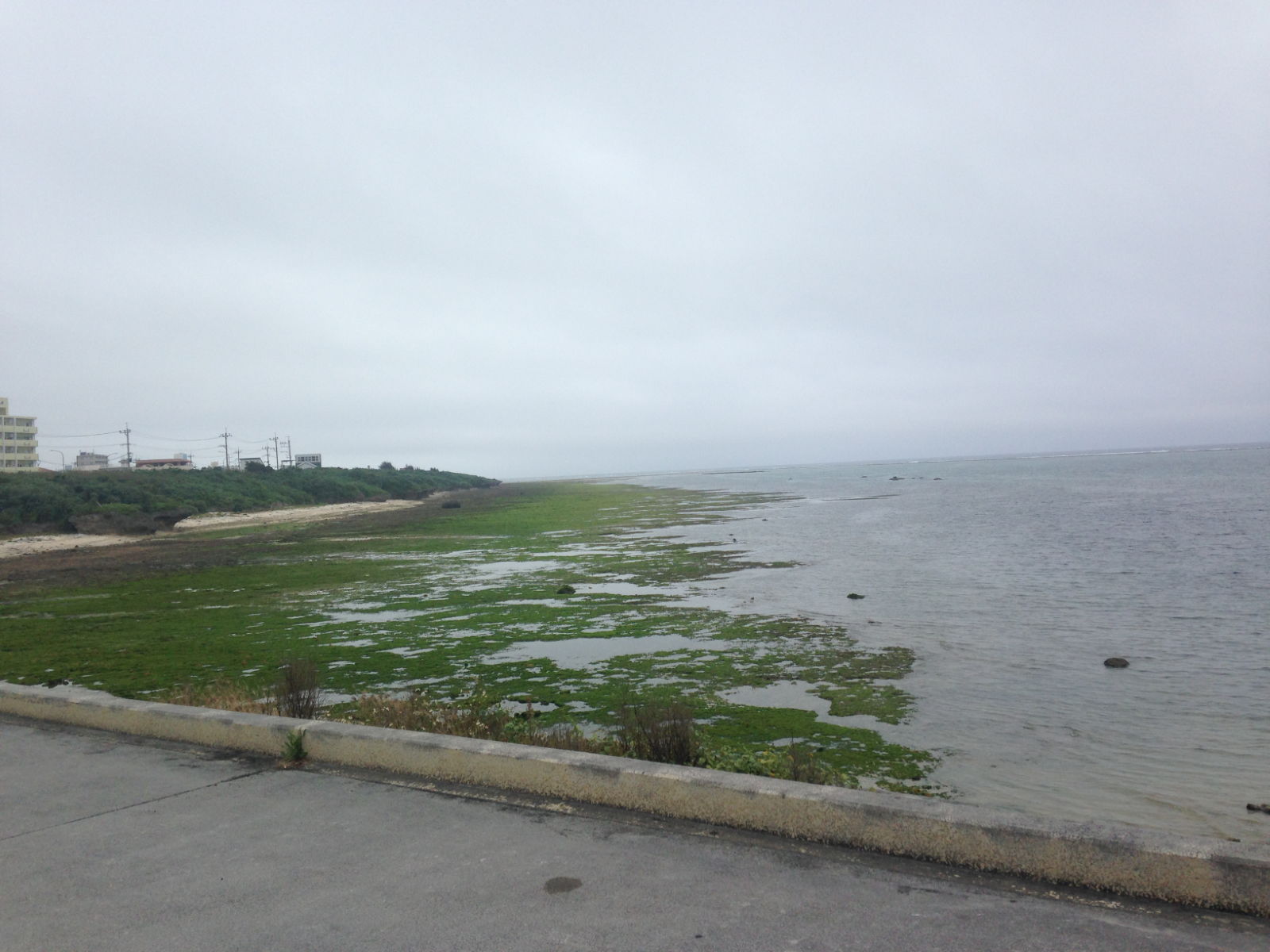
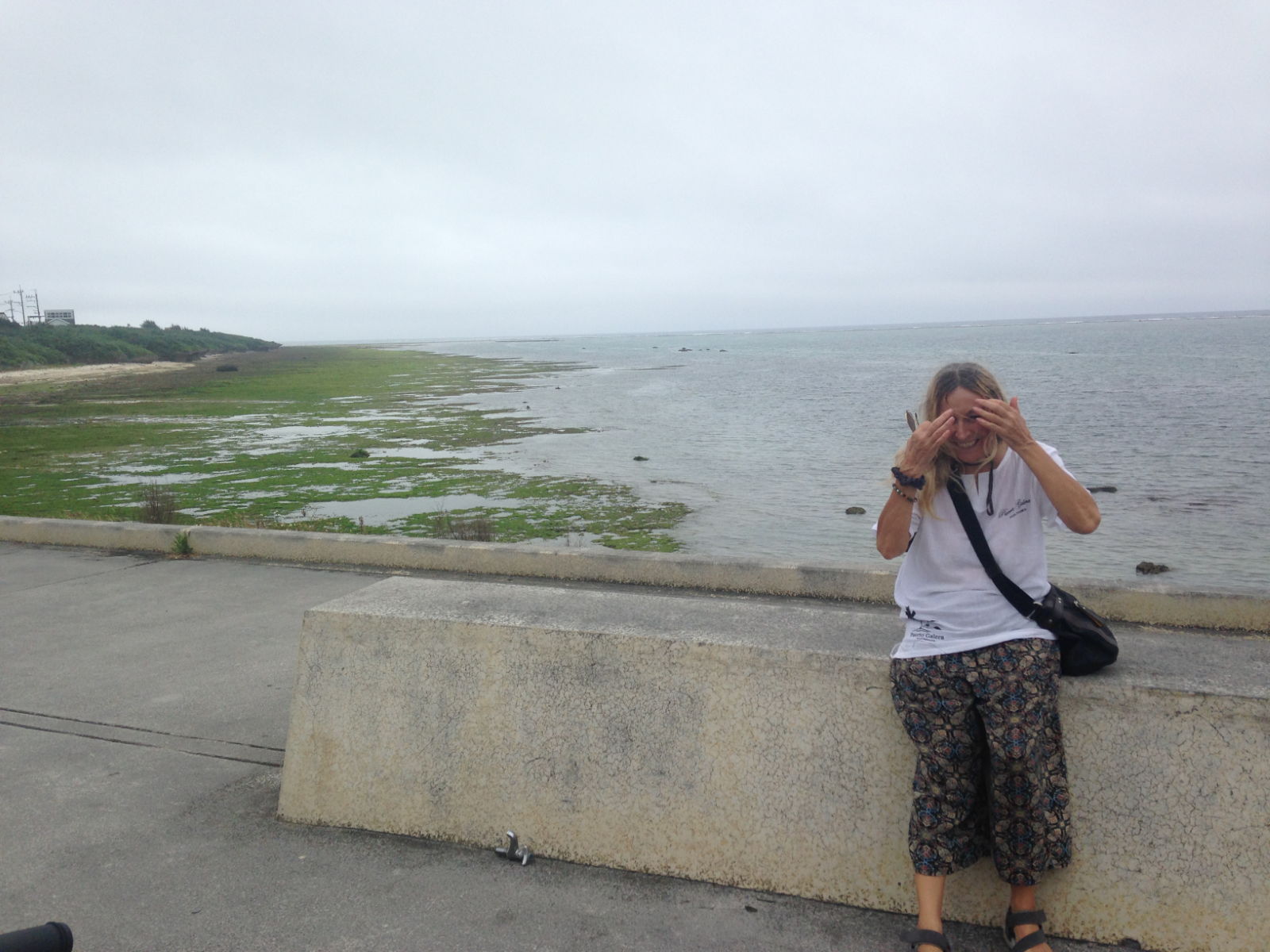
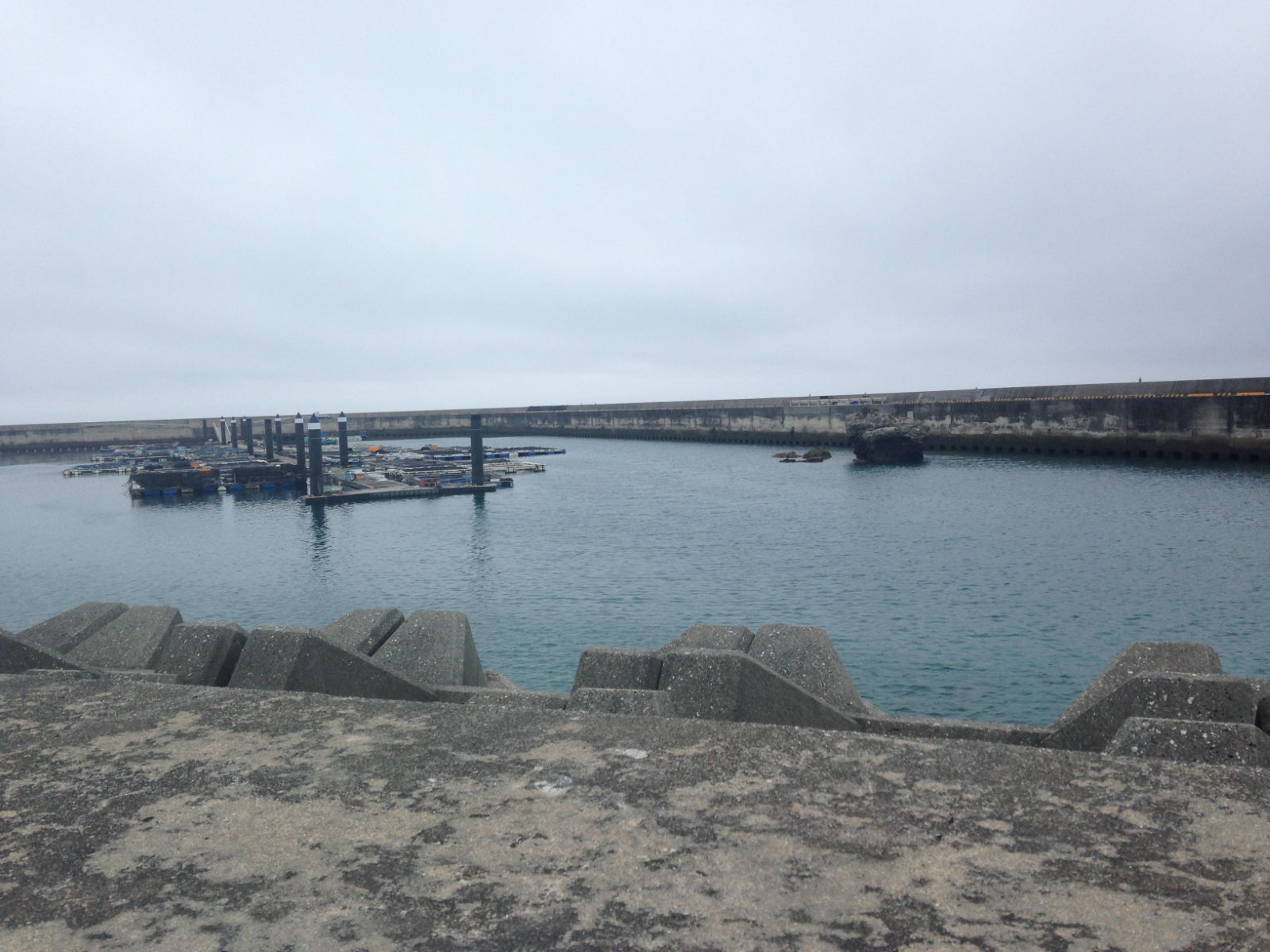
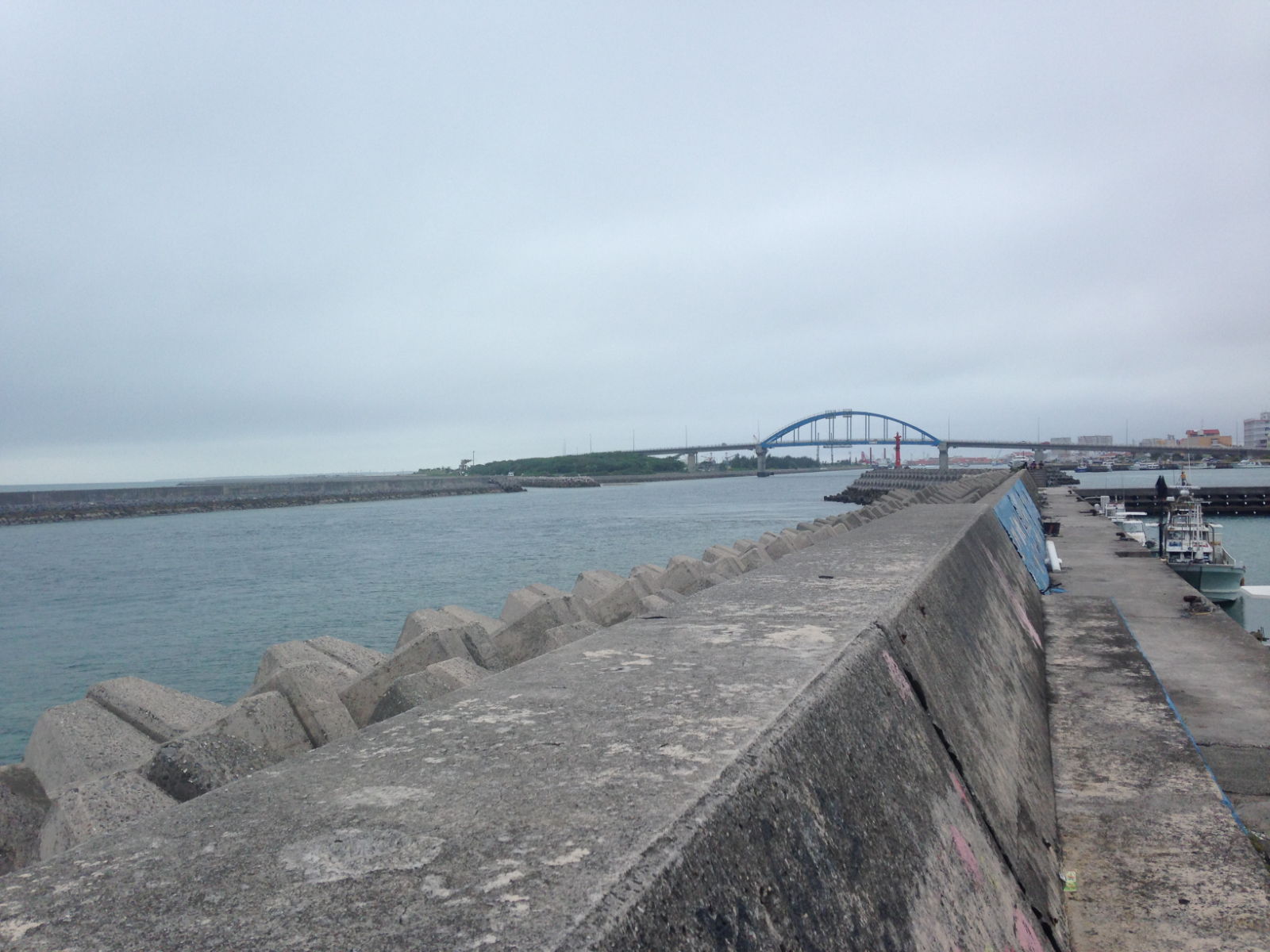
Halfway through a nice, leisurely Sunday morning on our last day in Ishigaki while we were drinking coffee, catching up on news and internet stuff as you do, the pleasant silence was broken by a klaxon-like alarm emanating from my phone. The picture shows what came up on the display, and despite the word ‘drill’, it was the disaster bit that I focussed on, especially when Paul said we should probably get ready to leave the boat! We didn’t, but I was beginning to get the feeling that Japan likes to be prepared Boy Scout fashion for all eventualities. I’m still not sure why it flashed up on my phone like that, and probably wouldn’t even if it was explained to me.
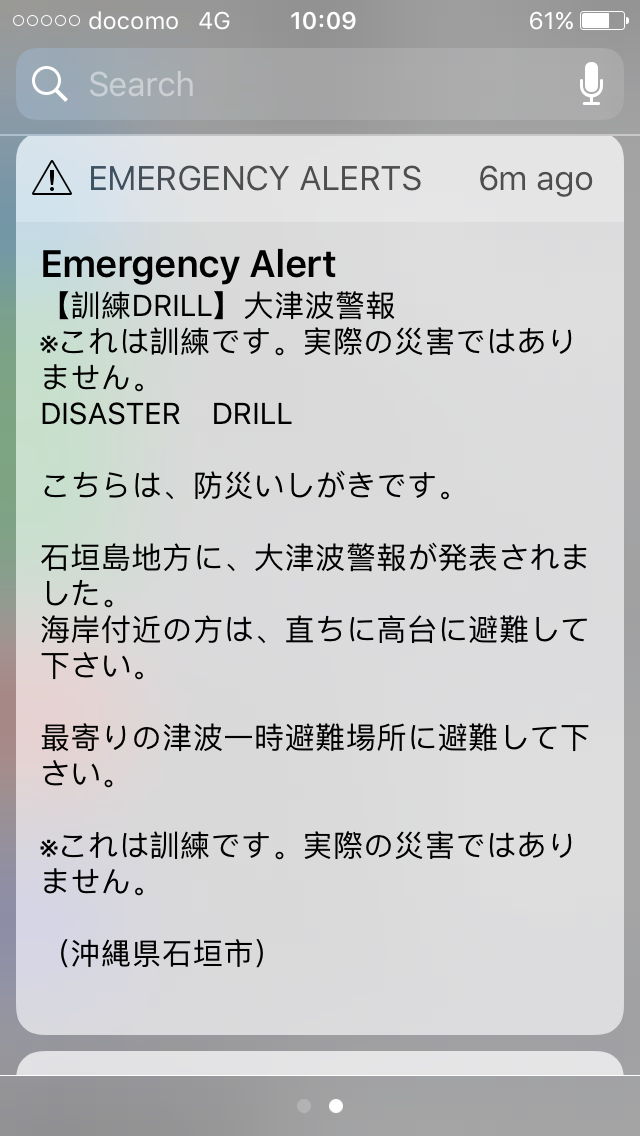
It was time to provision and prepare for our next Japanese destination. The following day we would be back at sea for a couple of days, on our way to Yonabaru.
Kathy
